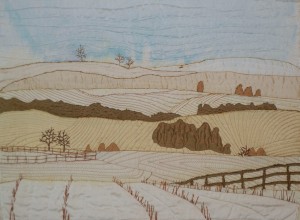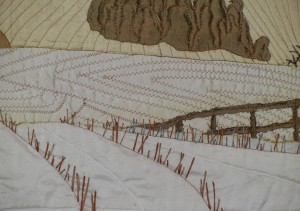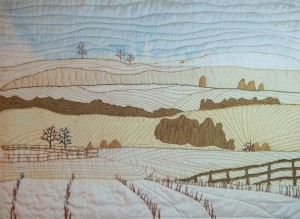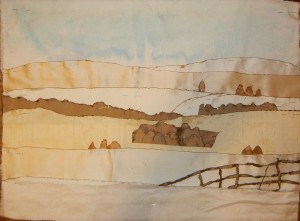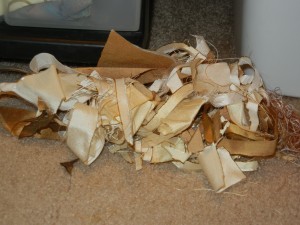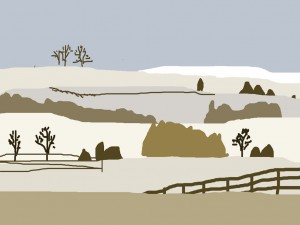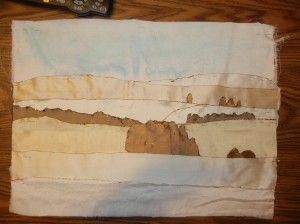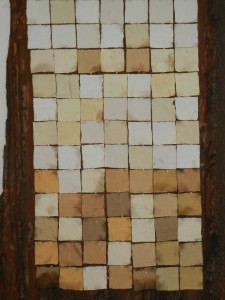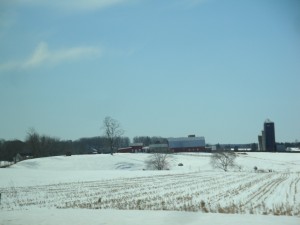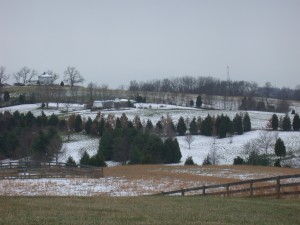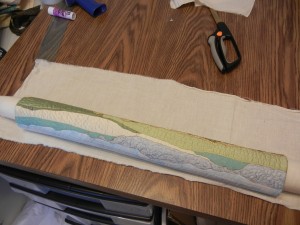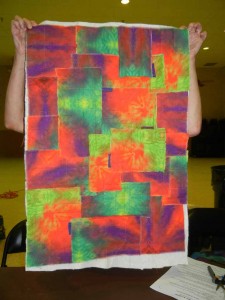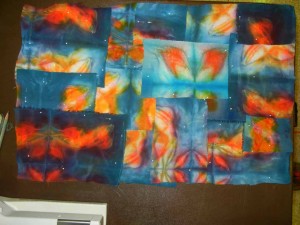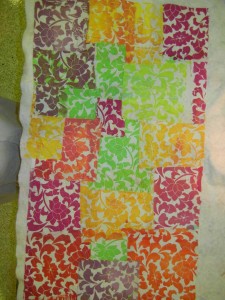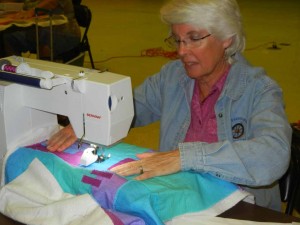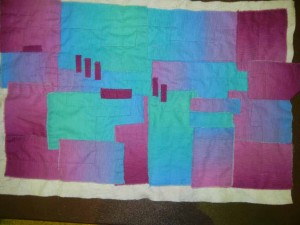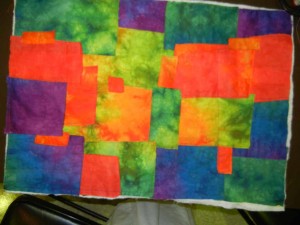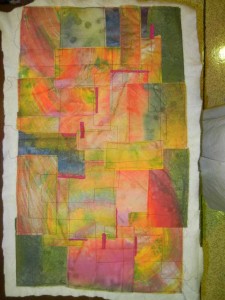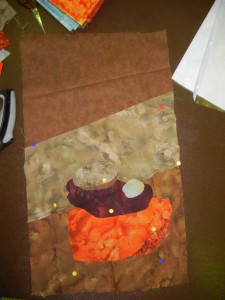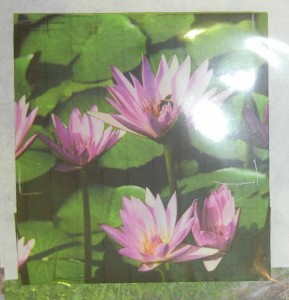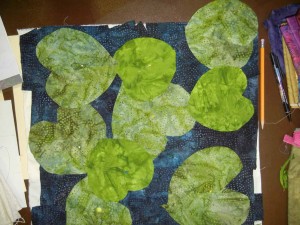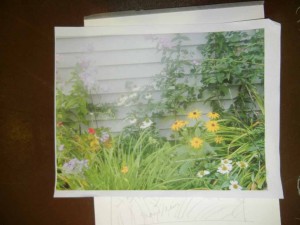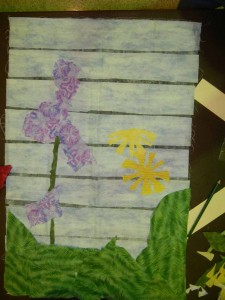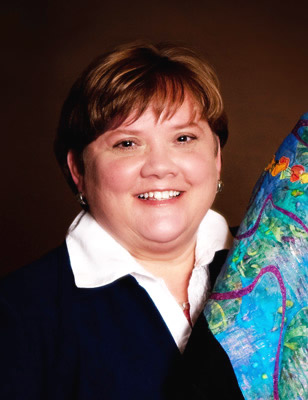Don’t you love it when you learn about a new technique and you’re just dying to try it out? Such was my excitement when I read about faux chenille, in Kim Thittichai’s book “Layered Textiles: New Surfaces with Heat Tools, Machine and Hand Stitch.” I’ve seen this done with fabric before, but Kim’s material of choice is painted newspaper. So, I got busy and painted some.
Click any image for a larger view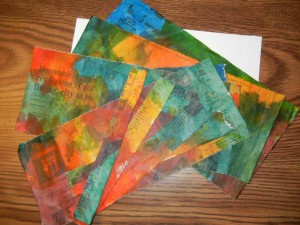
I was really happy with the colors.
Next, I layered up the papers with several sheer fabrics, per Kim’s instructions. This was getting exciting!
 After stitching parallel lines, it was time to cut into them. More fun!
After stitching parallel lines, it was time to cut into them. More fun!
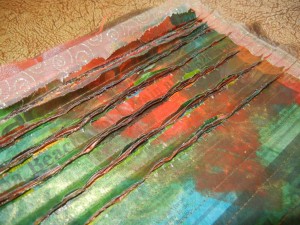 Finally, it was time to really work the texture, so I raked a fork over everything, encouraging the paper to stand up. That worked beautifully, but when I stood back to view my results…
Finally, it was time to really work the texture, so I raked a fork over everything, encouraging the paper to stand up. That worked beautifully, but when I stood back to view my results…
 Well…it just wasn’t that great.
Well…it just wasn’t that great.
I knew immediately what had happened. The little bits of various colors had merged together into a big muddy textured thing. Darn.
However, the detail view is pretty awesome.
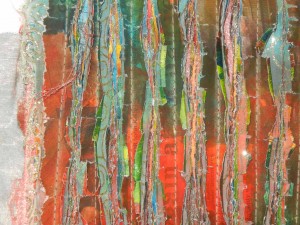
Nice and raggedy, with lots of color and interest. If only I could convince my viewers to close their eyes, walk up to the piece and then view only one little spot.
Enough belly aching. What did I learn from this?
– I still like the technique. I think it has a lot of merit and is worth trying again.
– But, the next time, I’ll select an almost monochromatic color scheme.
– Also, take a look at this cool edge I got, below. This is what happened when I zapped a stitched sheer with my heat gun. The synthetic fabric melted, but the stitching stayed intact. Cool, huh?
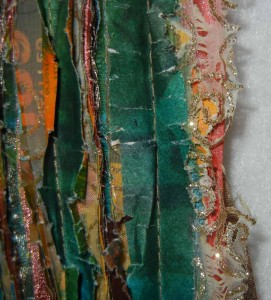
I never consider my experiments to be failures. Even when I don’t like the finished product. I know I learned things, and I stretched my creative muscles in the process. And who can complain about that?
Ellen Lindner
P.S. Please don’t consider my unfortunate color choices as a reason not to buy this book! As a matter of fact, it has a lot of wonderful techniques in it and I recommend it.
P.P.S. See Kim’s work and much more on her website.







